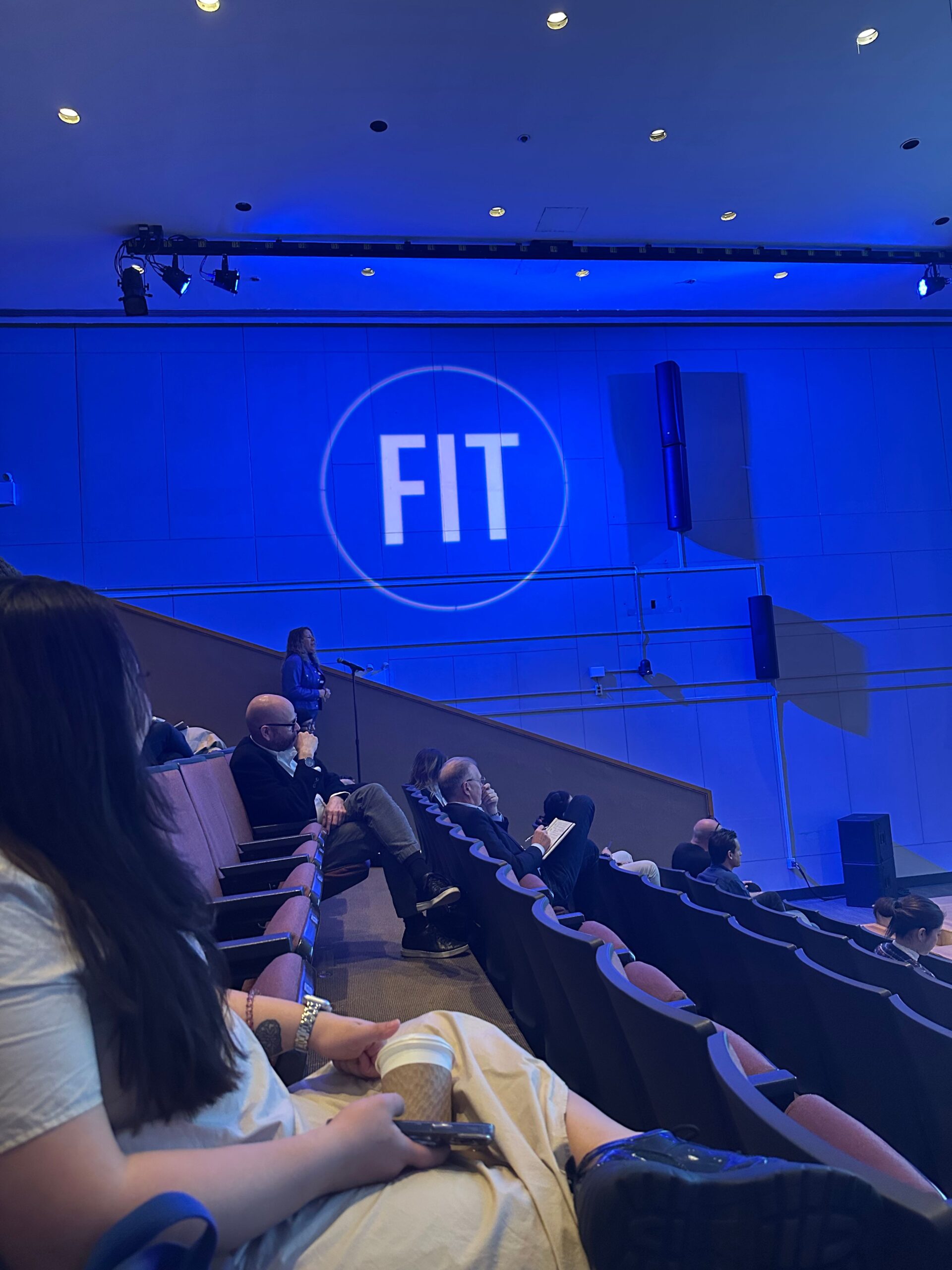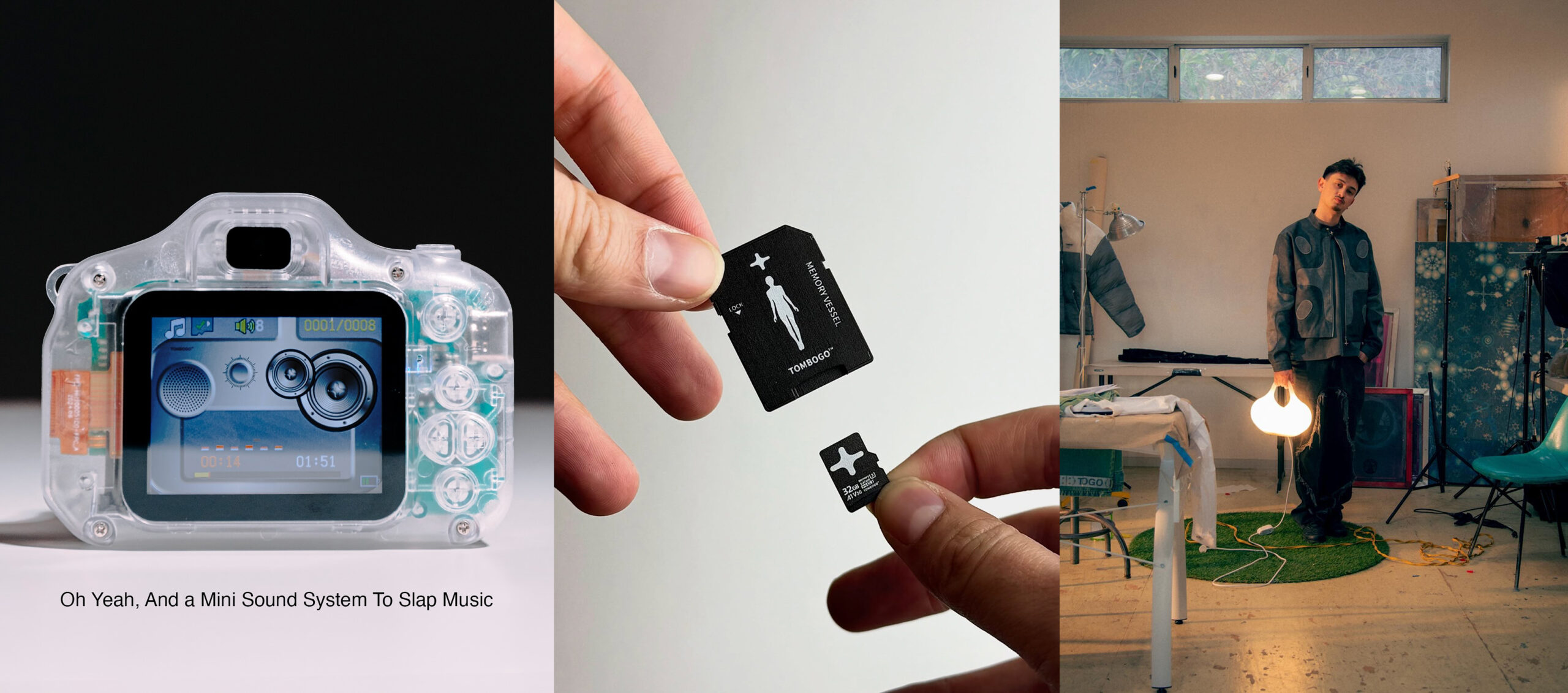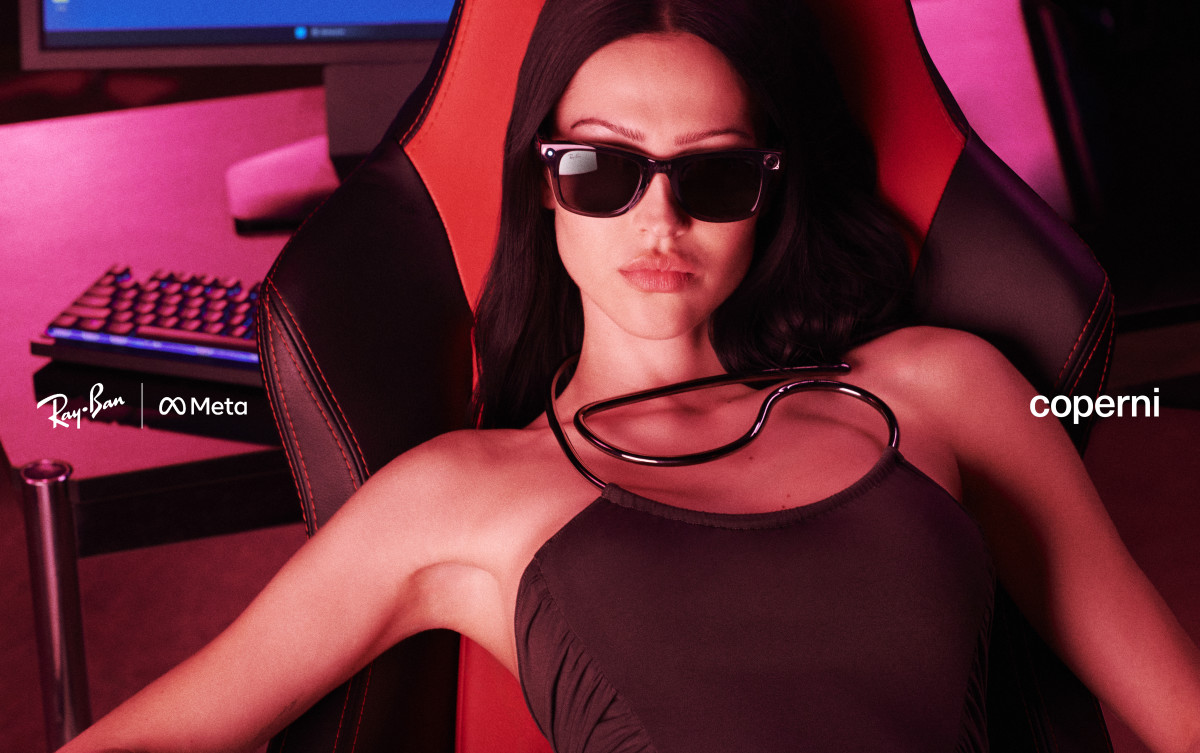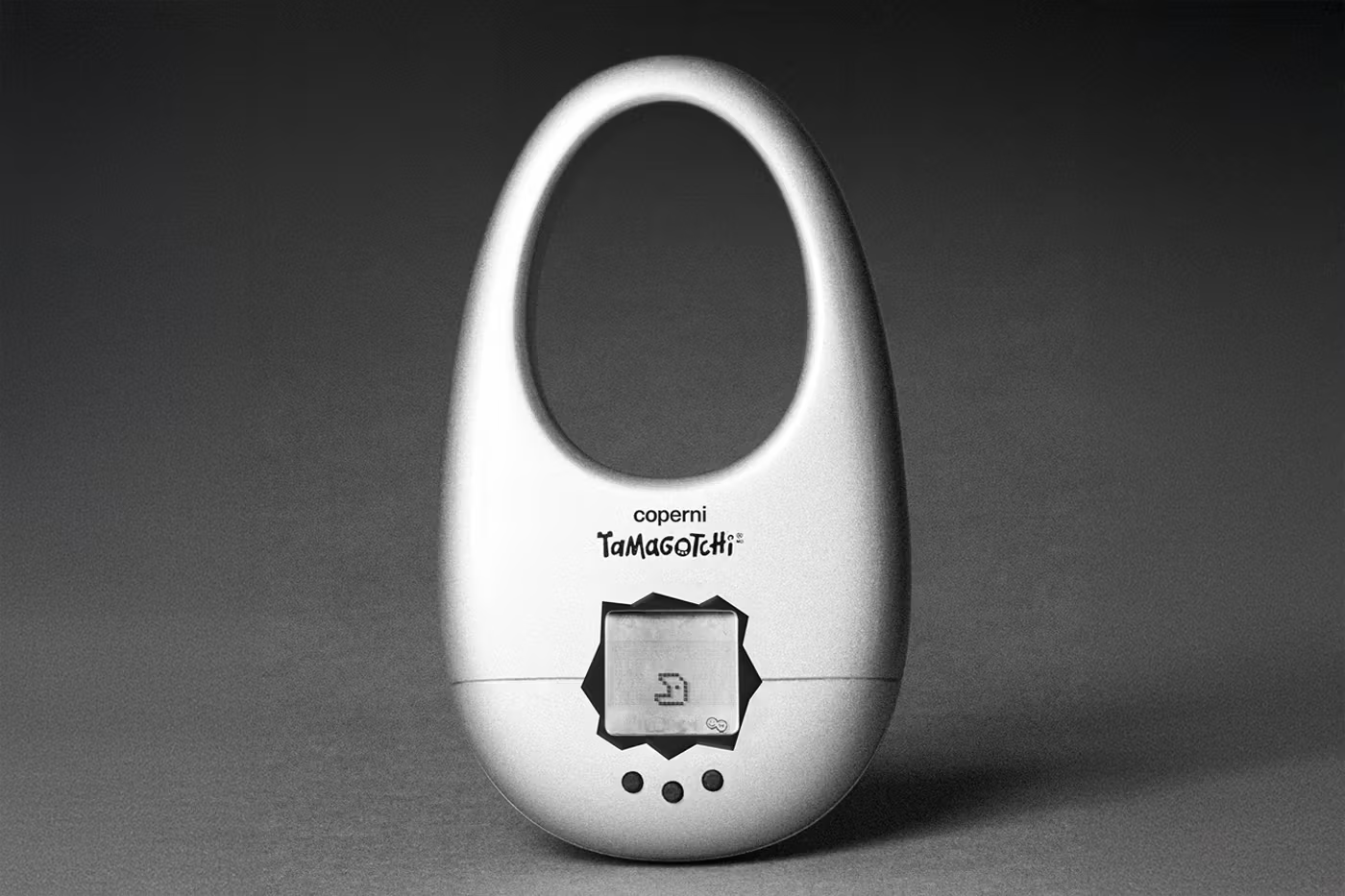Superhero capabilities may seem far-fetched from reality, especially the ones that we see in the movies. But in real life, many robotics companies are actually implementing these “superhero” technologies in the medical, construction, military, and logistics industry. Exoskeleton wearable tech is making all of these “superhero” technologies possible.
PIsn’t it nice to think that our childhood dreams of having superpowers could possibly come true?
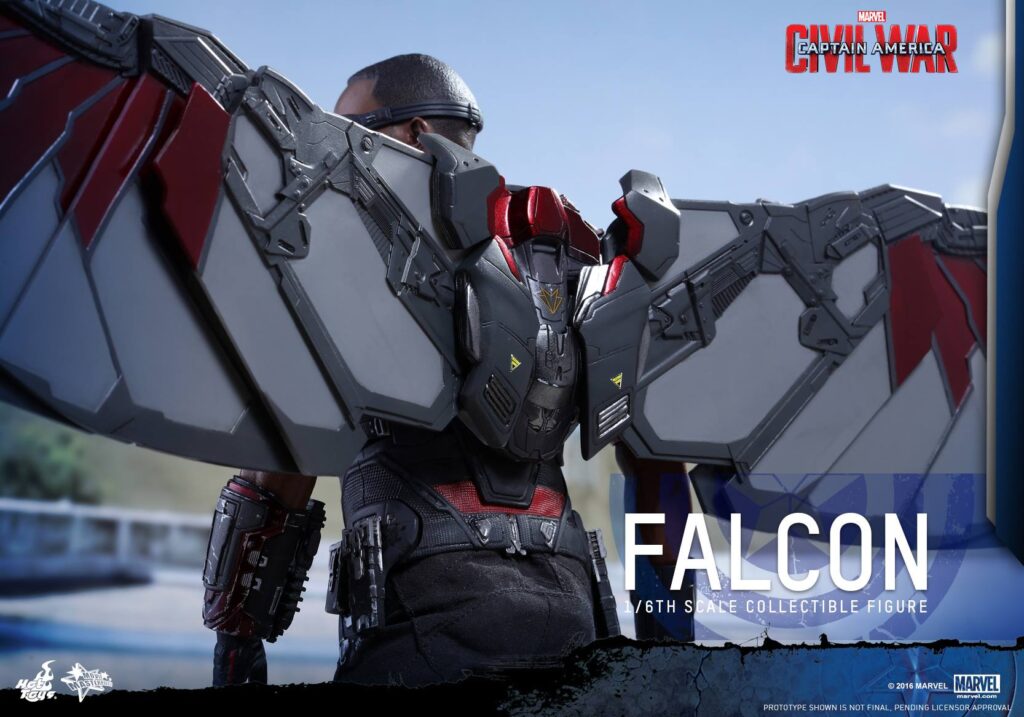
In science fiction, Marvel’s superheroes are great examples of people who use wearable tech to gain extraordinary powers. The Falcon, for example, is famously known for his notorious EXO-7 Jetpack. It is an upper body exoskeleton that equips the Falcon with flying abilities, armoured wings to block gunshots, weapons to fight, and sensors for communication.
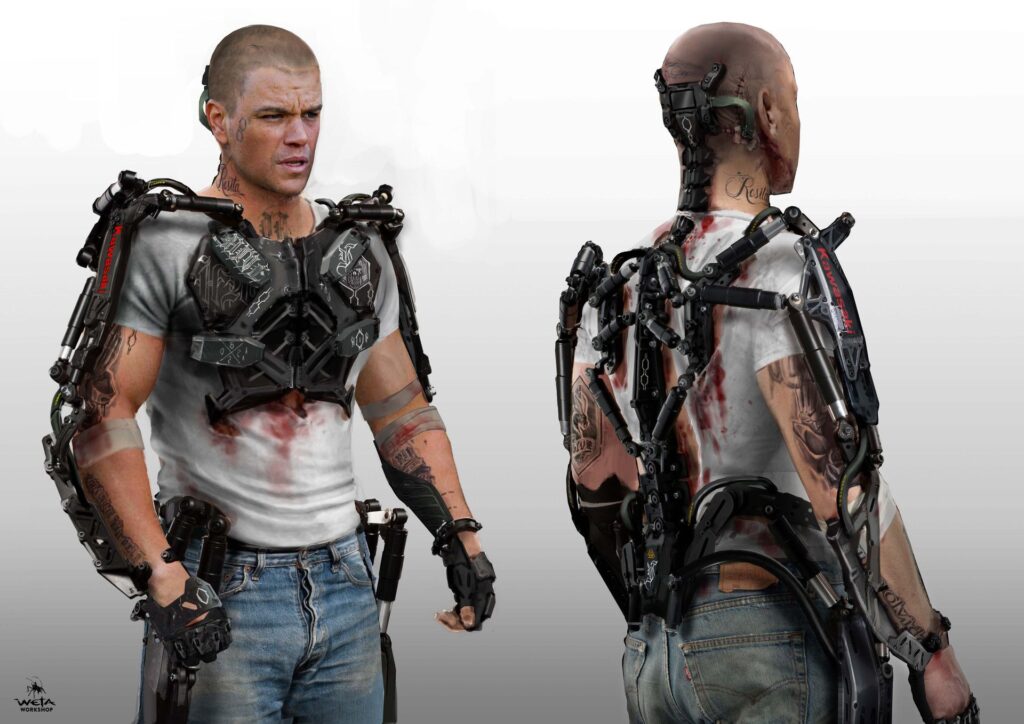
Source / The Arts Fuse
Another case of exoskeleton you may remember is from the movie Elysium, starring Matt Damon. The exoskeleton was modelled after the Human Universal Load Carrier (HULC) created by Lockheed Martin and Ekso Bionics for military use. The full-body wearable harness comes with leg and back braces with motors at the hips and knees, designed to help the wearers carry over 200 pounds of additional weight on their backs.
While the exoskeleton wearable tech designs featured in the movies are made for fighting villains, in real life, the use cases of exoskeletons are more practical and relevant to our daily lives.
What the heck are exoskeletons?
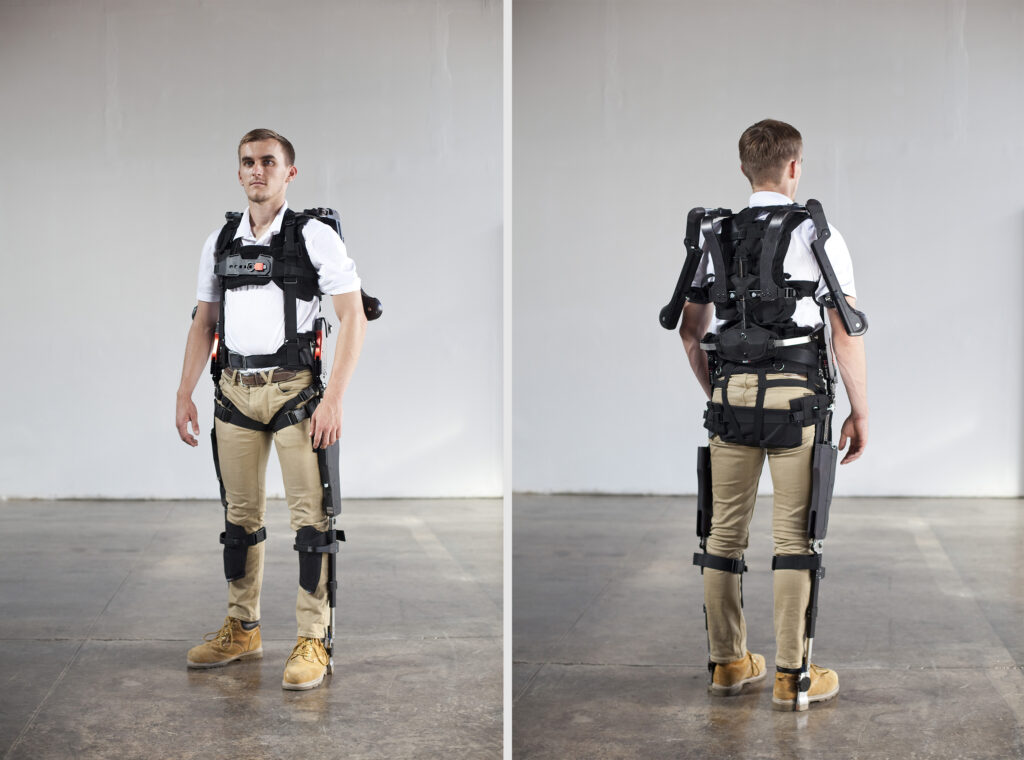
Exoskeletons wearable tech is a highly sophisticated robotic wearable tech designed to provide physical strength and endurance, detect user motion, and send a signal to motors that control the gears. Robotic exoskeletons mainly adopts the studies of cognitive human-robot interaction (cHRI) and physical human-robot interaction (pHRI), which relates to how these cybernetic suits sense, decide and move. A typical exoskeleton is made possible by a large group of hybrid talents skilled in fashion design, biomechanics, data science, software engineering, physical therapy, and user experience design, and more.
With the promising benefits of super capabilities, there are many capitals going into the robotic engineering industry. On the corporate and government side, leaders of Bechtel, BMW, Caterpillar, Delta Air Lines, Ford, GE, Schlumberger, and Toyota and the United States Special Operations Command (USSOCOM) are already in talks of using exoskeleton wearable tech to prevent physical injuries, and enhance work efficiency. In the medical science category, exoskeletons are accessible for neurorehabilitation and to increase body strength for patients who suffer from disabilities related to spinal cord, muscle or brain injuries. In the Civilian category, we are looking at simpler designs for everyday heavily lifting and provide mobility for the disabled.
The designs of consumer exoskeletons
There are many types of exoskeleton wearable tech products. Some are stationary and some are mobile. Some are driven by pneumatic, hydraulic and electric actuation, and powered by fuel cells, batteries, and some are testing other ways. Some are full-body suits, some only supports certain areas of your body.
When it comes to the appeal of exoskeletons, there are mainly two types of exteriors– ones made with soft fabrics (appropriate for everyday users, compact, and less powerful) and ones made of hard steels (appropriate for military and skilled labor workers, more heavy duty) . We will dive into the civilian level exoskeleton examples and showcase how some exoskeleton brands attempts to incorporate both design and “superpowers” into everyday lifestyle.
Exoskeleton undergarment of tomorrow
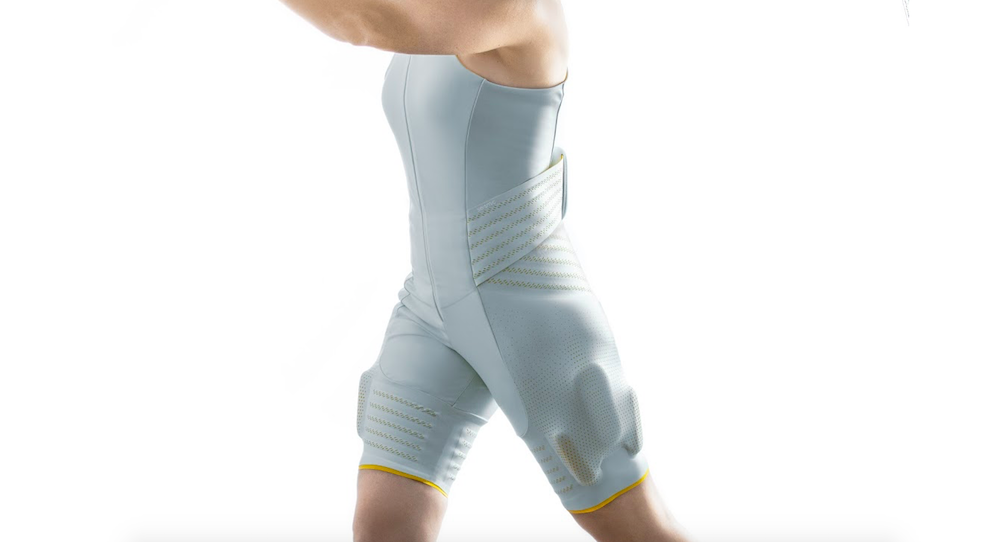
Seismic is a design-centric powered clothing brand that’s focuses creating soft-shell exoskeletons for everyday consumers. The suits are designed to augment strength with discreetly fused robotics so can look good while wearing wearable tech. Much like the fitted body-con suits that we see during the Space Age era, Seismic designers uses minty grey spaceship colors as the core palette, with highly structured seams and light colors as highlights, as if we were characters from Evangelion.
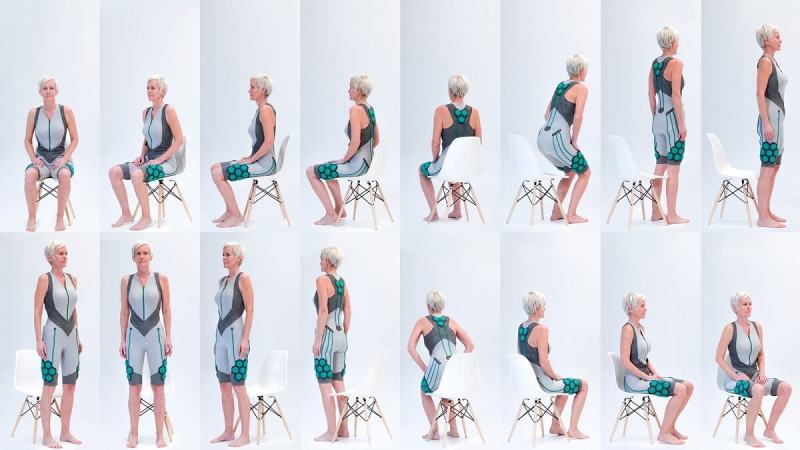
An earlier attempted from Seismic, or previously known as Superflex, is another soft-shell exoskeleton suit designed to measure and enhance mobility of the elderlies. “Superflex’s new powered clothing technology means that people will lead fuller, healthier, and more rewarding lives,” said Rich Mahoney, cofounder and CEO of Superflex, in a statement. “We are honored to share our vision for powered clothing and our exciting collaboration with Béhar and Fuseproject at the London Design Museum.”
WIITE, the Powered Exoskeleton For Ski Touring by TWIICE
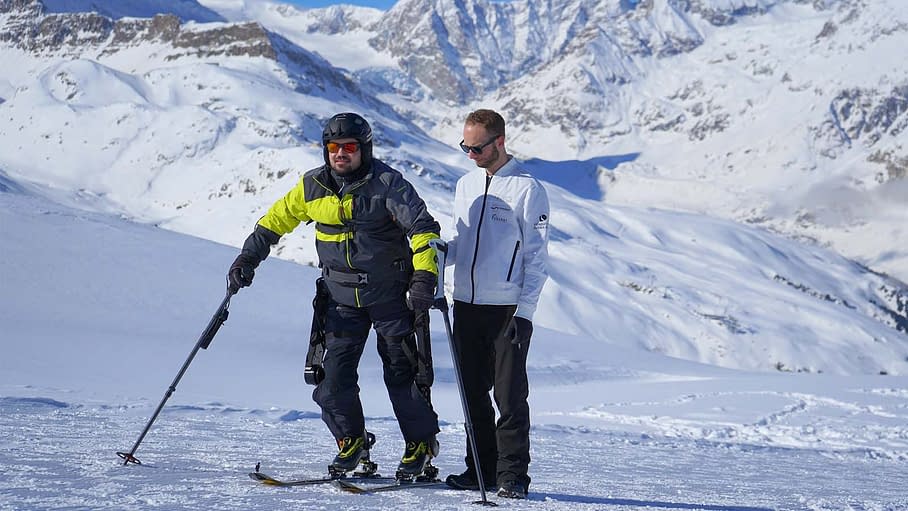
WIITE is an hard-shell exoskeleton of the TWIICE exoskeleton collections. The simple yet helpful wearable harness enables a person with spinal injures to stand and snowboard in extreme geographic conditions. Simple yet revolutionary, this exoskeleton will give the disabled the freedom to do anything that are previously bounded by their physical conditions.
WIITE is designed to be compatible with regular ski touring boots and mountaineer footwear. The special practice mode is available to everyone even if your mobility and sensory is impaired. TWIICE will be commercializing the WIITE gait-assist exoskeleton for ski touring that’s planned for 2022.
The muscle suit that prevents back injuries for everyday use
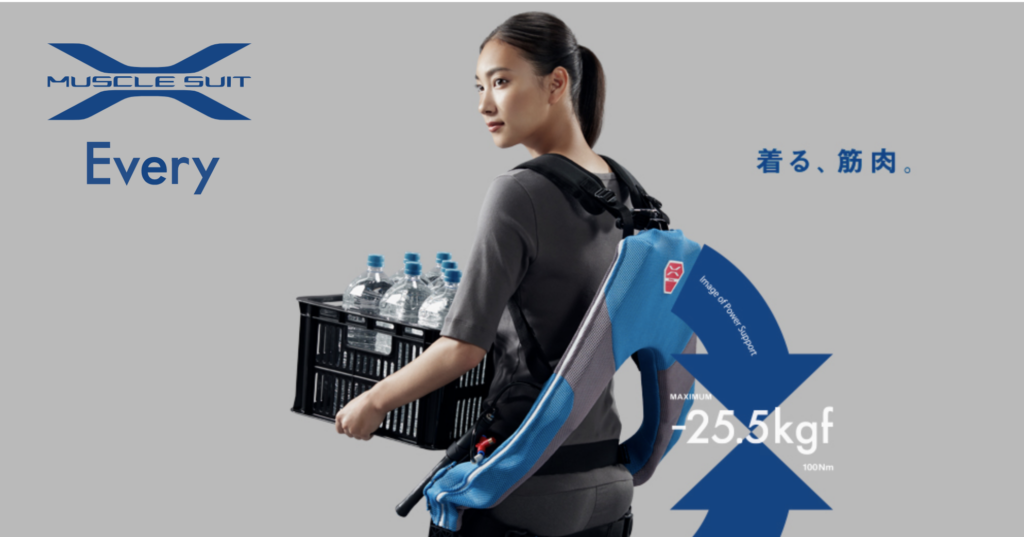
This soft-shelled, backpack-looking back harness is The Muscle Suit developed by a Japanese company named Innophys. With over 10,000 units sold accumulatively, their mission is to help civilians to prevent from upper body injuries and handle heavy-labor and awkwardly-positioned tasks at ease. It is currently being used by farmers, nurses, and labour-workers.
Taking it a step further — transhuman to transformer
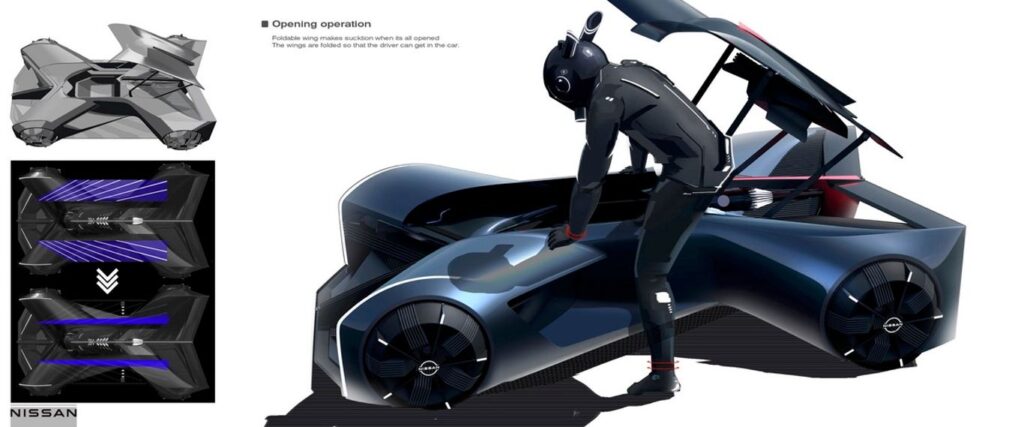
Much like Batman and his super car and outfit, Jaebum “JB” Choi envisioned exoskeletons of the 2050s in a collaboration with Nissan. This cyberpunk, space shuttle inspired, futuristic wearable…vehicle, can be connected to the driver’s brain with a special suit and helmet. The helmet was built to fit into a slot for the front vision camera, which was shared with VR vision. A brain-to-core transmitter would aid in the activation of digitalized signals by the human brain.
Exoskeletons could become an accessible wearable tech accessory
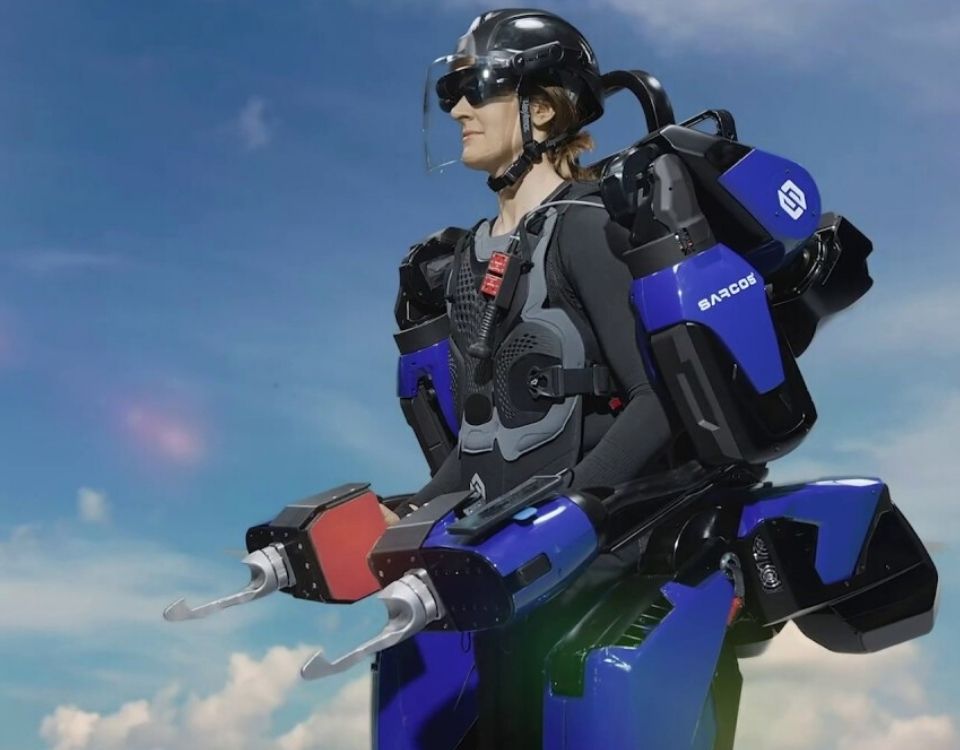
More and more robotics companies are leaning towards building implementable technological solutions to enhance human capabilities. Recently, Sarcos Robotics announced its merger with Rotor Acquisition Corp. The robotics manufacturer and the SPAC (special purpose acquisition company) will have a combined value of $1.3 billion with a potential earn-out of around $281 million based on stock’s performance after the announcement.
To fund this transaction, the companies have already raised around $220 million in private investment in public equity (PIPE). The investors include Palantir Technologies Inc., BlackRock Inc., Schlumberger, Millennium Management, Caterpillar Venture Capital Inc.
With mergers like these, it is evident that more and more investors are looking to put their money in robotics-based wearable tech that promises enhanced physical functions for everyday users. While this technology is still quite expensive, has low battery life and limited to certain use scenarios, you may expect more practical exoskeleton soon in the future. Imagine being able to perform impossible tasks both at home and office without needing any additional help. For fashion stylists — dream about the day that you will finally be liberated from dragging 5 28″ suitcases around the city.
